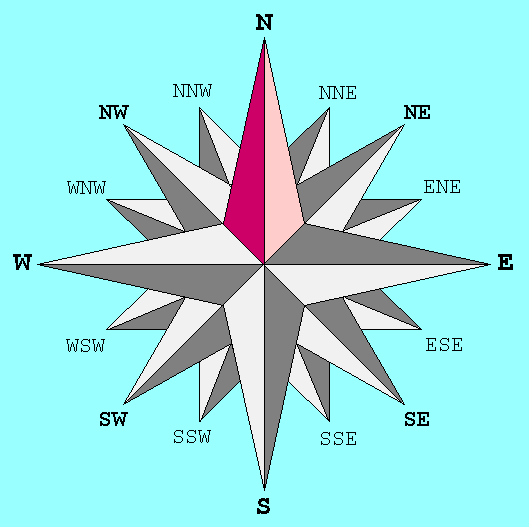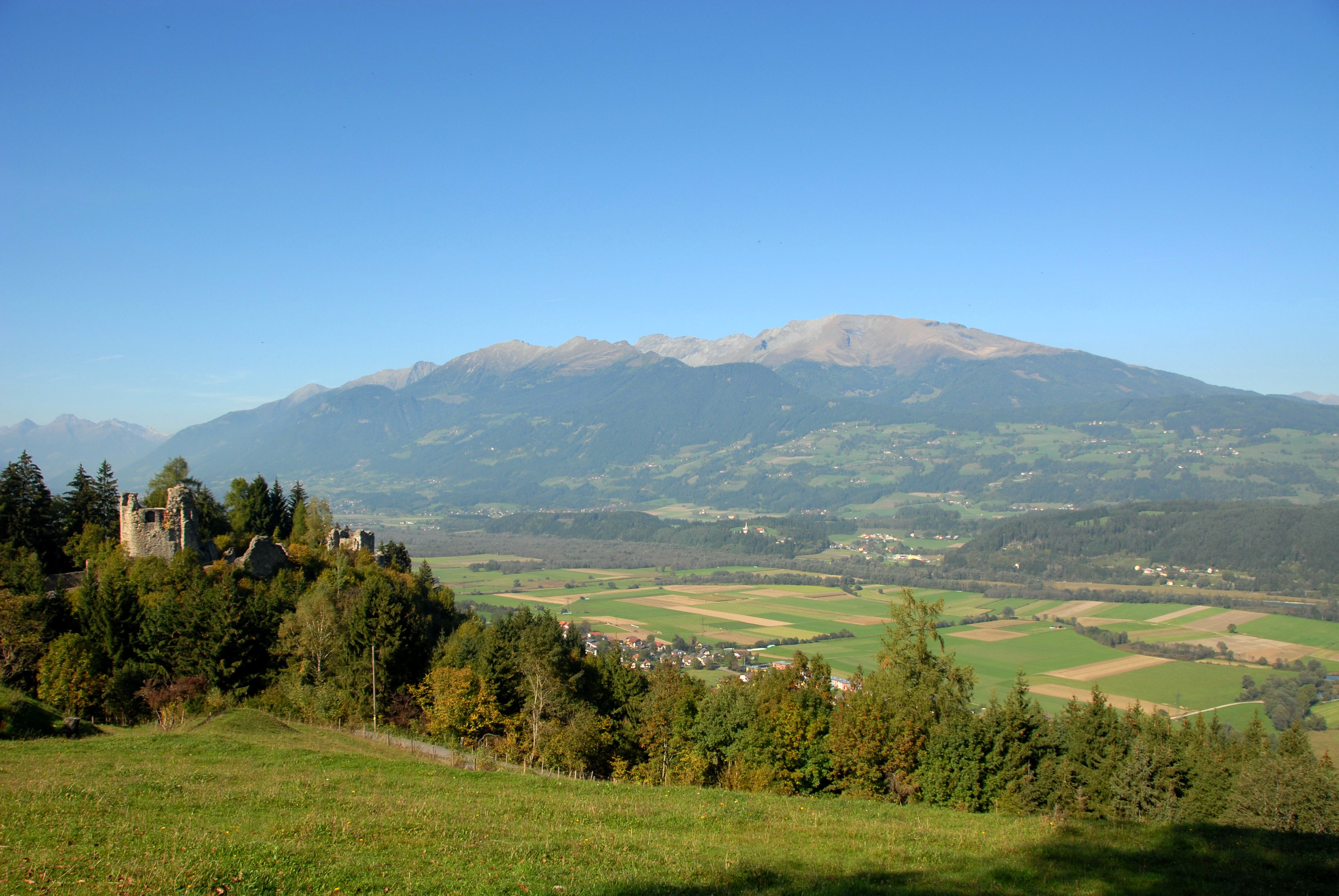|
Rosina Von Graben Von Rain
Rosina von Graben von Rain (died 1534), also called Rosina von Rain, was an Austrian noble woman, a member of the Graben von Stein family and heiress of the burgraviate of Sommeregg Castle in Carinthia. Biography Family Von Graben Rosina's father was the carinthian noble Ernst von Graben (d. 1513), son of Andreas von Graben (d. 1463), who ruled as burgrave at Sommeregg since 1507. Andreas had been an official of the Counts of Celje at Ortenburg; after their extinction in 1456, his son Ernst had received the Sommeregg estates in Upper Carinthia as a fief from the hands of the Habsburg king Maximilian I. Ernst's brother Virgil von Graben, Rosina's uncle, was a very powerful Austrian noble, Habsburg stattholder in the County of Gorizia and Maximilan's councillor. Heritage of Sommeregg Since all of Virgil von Grabens sons were from his not legally binding marriage to Dorothea von Arnold (née Herbst von Herbstenburg) none of them could claim his inheritance. His brothers Hein ... [...More Info...] [...Related Items...] OR: [Wikipedia] [Google] [Baidu] |
Rosina Von Graben Von Rain
Rosina von Graben von Rain (died 1534), also called Rosina von Rain, was an Austrian noble woman, a member of the Graben von Stein family and heiress of the burgraviate of Sommeregg Castle in Carinthia. Biography Family Von Graben Rosina's father was the carinthian noble Ernst von Graben (d. 1513), son of Andreas von Graben (d. 1463), who ruled as burgrave at Sommeregg since 1507. Andreas had been an official of the Counts of Celje at Ortenburg; after their extinction in 1456, his son Ernst had received the Sommeregg estates in Upper Carinthia as a fief from the hands of the Habsburg king Maximilian I. Ernst's brother Virgil von Graben, Rosina's uncle, was a very powerful Austrian noble, Habsburg stattholder in the County of Gorizia and Maximilan's councillor. Heritage of Sommeregg Since all of Virgil von Grabens sons were from his not legally binding marriage to Dorothea von Arnold (née Herbst von Herbstenburg) none of them could claim his inheritance. His brothers Hein ... [...More Info...] [...Related Items...] OR: [Wikipedia] [Google] [Baidu] |
Doberdò Del Lago
Doberdò del Lago ( sl, Doberdob; Bisiacco: ; fur, Dobardò) is a ''comune'' (municipality) in the Italian region Friuli-Venezia Giulia, located about northwest of Trieste and about southwest of Gorizia, and borders the following municipalities: Duino-Aurisina, Fogliano Redipuglia, Komen (Slovenia), Miren-Kostanjevica (Slovenia), Monfalcone, Ronchi dei Legionari, Sagrado, and Savogna d'Isonzo. It is located in the westernmost part of the Karst Plateau. It is inhabited mostly by Slovenes. Before World War I, Slovene-speakers comprised almost the totality (around 99%) of the population. In the 1971 census, 96% of the inhabitants were Slovene-speaking. Since then, the number of Slovenes has slightly fallen, mostly due to the increased immigration of Italian speakers from neighboring towns of Monfalcone and Ronchi dei Legionari. Today, an estimated 86% of the inhabitants belong to the Slovene ethnic minority. Doberdò localities include Devetachi/Devetaki, Jamiano/Jamlje, Marco ... [...More Info...] [...Related Items...] OR: [Wikipedia] [Google] [Baidu] |
People From Spittal An Der Drau District
A person ( : people) is a being that has certain capacities or attributes such as reason, morality, consciousness or self-consciousness, and being a part of a culturally established form of social relations such as kinship, ownership of property, or legal responsibility. The defining features of personhood and, consequently, what makes a person count as a person, differ widely among cultures and contexts. In addition to the question of personhood, of what makes a being count as a person to begin with, there are further questions about personal identity and self: both about what makes any particular person that particular person instead of another, and about what makes a person at one time the same person as they were or will be at another time despite any intervening changes. The plural form "people" is often used to refer to an entire nation or ethnic group (as in "a people"), and this was the original meaning of the word; it subsequently acquired its use as a plural form of per ... [...More Info...] [...Related Items...] OR: [Wikipedia] [Google] [Baidu] |
1534 Deaths
__NOTOC__ Year 1534 ( MDXXXIV) was a common year starting on Thursday (link will display the full calendar) of the Julian calendar. Events January–June * January 15 – The Parliament of England passes the ''Act Respecting the Oath to the Succession'', recognising the marriage of Henry VIII and Anne Boleyn, and their children as the legitimate heirs to the throne. * February 23 – A group of Anabaptists, led by Jan Matthys, seize Münster, Westphalia and declare it ''The New Jerusalem'', begin to exile dissenters, and forcibly baptize all others. * c. March – The Portuguese crown divides Colonial Brazil into fifteen donatory captaincies. * April 5 (Easter Sunday) – Anabaptist Jan Matthys is killed by the Landsknechte, who laid siege to Münster on the day he predicted as the Second Coming of Christ. His follower John of Leiden takes control of the city. * April 7 – Sir Thomas More is confined in the Tower of London. * May 10 – J ... [...More Info...] [...Related Items...] OR: [Wikipedia] [Google] [Baidu] |
Lienz
Lienz (; Southern Bavarian: ''Lianz'') is a Town privileges, medieval town in the Austrian state of Tyrol (state), Tyrol. It is the administrative centre of the Lienz (district), Lienz district, which covers all of East Tyrol. The municipality also includes the Katastralgemeinden, cadastral subdivision of ''Patriasdorf''. Geography Lienz is located at the confluence of the rivers Isel River, Isel and Drava in the Eastern Alps, between the Hohe Tauern mountain range in the north (including the Schober group, Schober and Kreuzeck groups), and the Southern Limestone Alps, Gailtal Alps in the south. It is connected with Winklern in Carinthia (state), Carinthia by the Iselsberg Pass. The neighbouring municipality of Leisach marks the easternmost point of the Puster Valley. By the consistent growth of the city, some smaller villages around – though officially municipalities in their own right – are now widely considered to be suburbs of Lienz. Those suburbs comprise: History The ... [...More Info...] [...Related Items...] OR: [Wikipedia] [Google] [Baidu] |
Leiblfing Family
Leiblfing is a municipality in the district of Straubing-Bogen in Bavaria, Germany Germany,, officially the Federal Republic of Germany, is a country in Central Europe. It is the second most populous country in Europe after Russia, and the most populous member state of the European Union. Germany is situated betwe .... References Straubing-Bogen {{StraubingBogen-geo-stub ... [...More Info...] [...Related Items...] OR: [Wikipedia] [Google] [Baidu] |
Burgruine Ortenburg
Ortenburg Castle is a ruined mediaeval castle located in Baldramsdorf, in the Austrian state of Carinthia. It is located on the northern slope of Mt. Goldeck, part of the Gailtal Alps, above the Drava valley at a height of . History The construction of the fortress was begun in the late 11th century by one noble Adalbert from Duchy of Bavaria, Bavaria, a ''ministerialis'' of the Prince-Bishopric of Freising, Bishops of Freising, who then held large possessions in the Upper Carinthian Lurnfeld, Lurngau around the former Roman Empire, Roman city of Teurnia. Adalbert's son Otto appeared as a Counts of Ortenburg, Count of Ortenburg in 1141. First mentioned in an 1136 deed, Ortenburg Castle served as an administrative centre of the vast Ortenburg estates, initially rivalled by the Counts of Lurn with their ancestral seat at Burgruine Hohenburg auf Rosenberg, Hohenburg Castle beyond the Drava river. The Ortenburg inherited large estates in the Drava valley upon the extinction of the ... [...More Info...] [...Related Items...] OR: [Wikipedia] [Google] [Baidu] |
Attems
The House of Attems (Attimis in Italian) is the name of an ancient and illustrious Friulian parliamentary family that held the titles of princes, counts and barons. The family, from the native castle of Attimis, branched off into Italy and Austria in different lineages, each named after different fiefdoms and domains held. It seems certain that the founder of it is Enrico, already Marquis of Tuscany, who in February 1170 was appointed with his brother Arpone among the deacons of the patriarch of Aquileia Woldarico and from this, in the same year, was conferred the castle of Attems or Attimis. The main lines of this family are those of the Attems of the Trident, that branched in the Attems of Cividale (extinct); the Attems of Udine; the Attems of S. Croce; and the Attems Petzenstein, and that of the Attems of the Bear (Extinct). History The probable origins date back to the Counts of Monfort, such sentiment has been displayed by writers such as Wolfgango Lazio, from ancient manuscr ... [...More Info...] [...Related Items...] OR: [Wikipedia] [Google] [Baidu] |
Charles V, Holy Roman Emperor
Charles V, french: Charles Quint, it, Carlo V, nl, Karel V, ca, Carles V, la, Carolus V (24 February 1500 – 21 September 1558) was Holy Roman Emperor and Archduke of Austria from 1519 to 1556, King of Spain (Crown of Castile, Castile and Crown of Aragon, Aragon) from 1516 to 1556, and Lord of the Netherlands as titular Duke of Burgundy from 1506 to 1555. He was heir to and then head of the rising House of Habsburg during the first half of the 16th century, his dominions in Europe included the Holy Roman Empire, extending from Kingdom of Germany, Germany to Kingdom of Italy (Holy Roman Empire), northern Italy with direct rule over the Austrian hereditary lands and the Burgundian Low Countries, and Habsburg Spain, Spain with its southern Italy, southern Italian possessions of Kingdom of Naples, Naples, Kingdom of Sicily, Sicily, and Kingdom of Sardinia, Sardinia. He oversaw both the continuation of the long-lasting Spanish colonization of the Americas and the short-live ... [...More Info...] [...Related Items...] OR: [Wikipedia] [Google] [Baidu] |
Freiherr
(; male, abbreviated as ), (; his wife, abbreviated as , literally "free lord" or "free lady") and (, his unmarried daughters and maiden aunts) are designations used as titles of nobility in the German-speaking areas of the Holy Roman Empire and in its various successor states, including Austria, Prussia, Bavaria, Liechtenstein, Luxembourg, etc. Traditionally, it denotes the titled royal and noble ranks, rank within the nobility above ' (knight) and ' (nobility without a specific title) and below ' (count, count, earl). The title superseded the earlier medieval form, '. It corresponds approximately to the English ''baron'' in rank. The Duden orthography of the German language references the French nobility title of ''Baron'', deriving from the latin-germanic combination ''liber baro'' (which also means "free lord"), as corresponding to the German "Freiherr"; and that ''Baron'' is a corresponding salutation for a ''Freiherr''.Duden; Definition of ''Baron, der'' (in German)/ref> ... [...More Info...] [...Related Items...] OR: [Wikipedia] [Google] [Baidu] |
Duchy Of Bavaria
The Duchy of Bavaria (German: ''Herzogtum Bayern'') was a frontier region in the southeastern part of the Merovingian kingdom from the sixth through the eighth century. It was settled by Bavarian tribes and ruled by dukes (''duces'') under Frankish overlordship. A new duchy was created from this area during the decline of the Carolingian Empire in the late ninth century. It became one of the stem duchies of the East Frankish realm which evolved as the Kingdom of Germany and the Holy Roman Empire. During internal struggles of the ruling Ottonian dynasty, the Bavarian territory was considerably diminished by the separation of the newly established Duchy of Carinthia in 976. Between 1070 and 1180 the Holy Roman Emperors were again strongly opposed by Bavaria, especially by the ducal House of Welf. In the final conflict between the Welf and Hohenstaufen dynasties, Duke Henry the Lion was banned and deprived of his Bavarian and Saxon fiefs by Emperor Frederick Barbarossa. Fr ... [...More Info...] [...Related Items...] OR: [Wikipedia] [Google] [Baidu] |


.jpg)
_1938.jpg)



